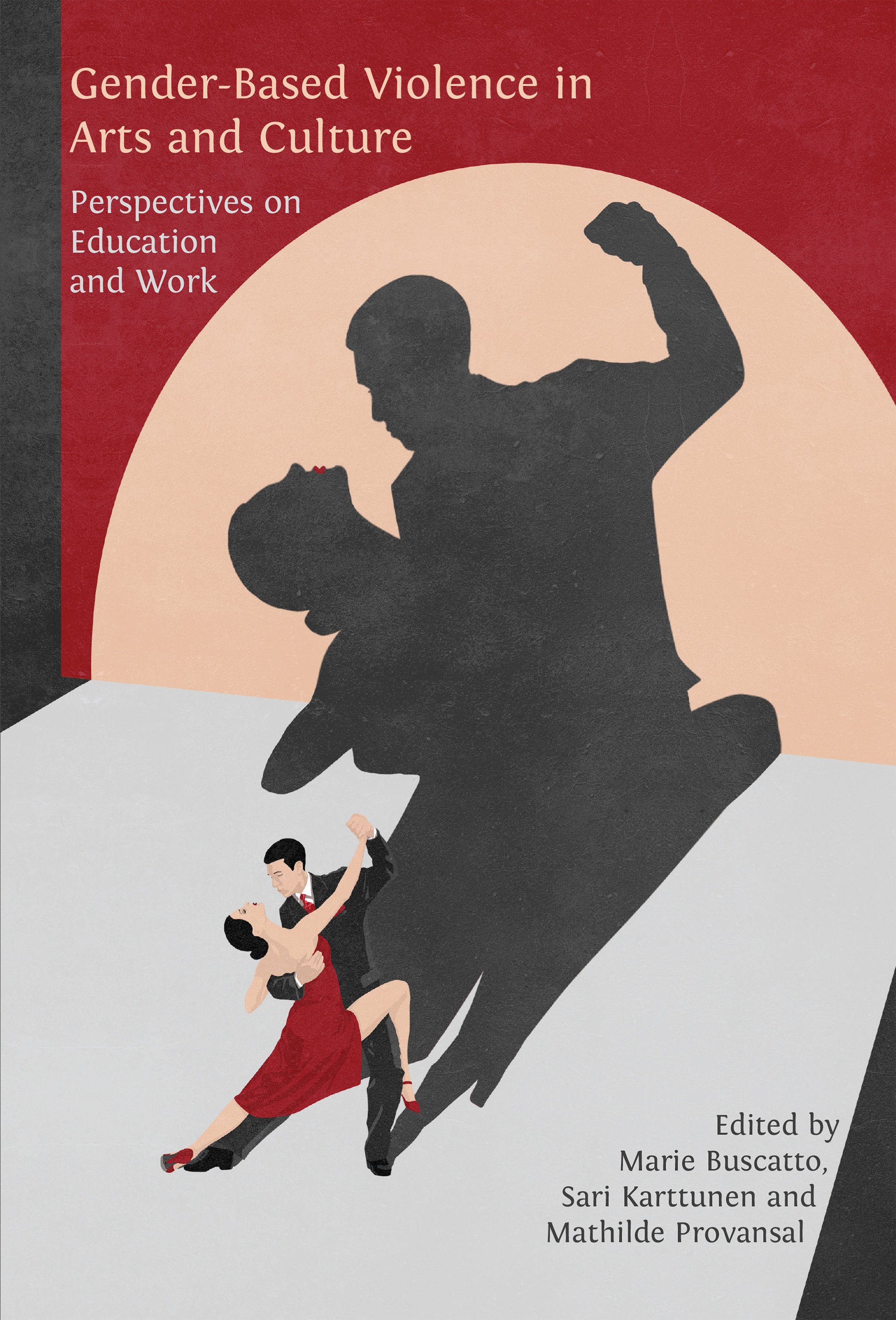Part III
Challenging Gender-Based Violence in Artistic Work
Introduction
The first two parts of this book aim at identifying the ways gender-based violence is produced, perpetuated and legitimised over time as well as how gender-based violence strongly affects women’s reputations as worthy artists as well as their abilities to be trained, to be recruited or to create in their own right. The third part attempts to unveil how gender-based violence might be challenged in artistic and cultural worlds. Denouncing and countering gender-based violence is made difficult, and often even impossible, for victims as well as witnesses due to the asymmetrical power dynamics in favour of (often male) aggressors. However, victims and witnesses, even more so since the beginning of the #MeToo movement, sometimes succeed in developing a range of tactics to navigate these practices, targeting both the emergence of gender-based violence and the fabric of its underlying power relations. Even if those tactics do not yet succeed in questioning the gender order and do not transform the gender hierarchies and social dynamics in place, they do weaken this same gender order and give potential victims room to prevent some sexist and sexual violence from occurring and to even get some recurring offenders to be outed and condemned.
In Chapter 7, Bleuwenn Lechaux examines sexual harassment in New York theatre. She shows that, even though sexual harassment is ingrained in everyday professional practices, more and more often, theatre professionals use both informal methods and more formalised tools to fight sexual harassment: speaking out with other colleagues; sharing stories in support groups and through digital tools; using intimacy coordinators in order ‘to create an atmosphere in rehearsal that allows everyone to feel safe to do these very vulnerable things’; mobilising unions, or sometimes even lawyers, to protect victims and to help change the current professional practices allowing for sexual harassment to happen. Even if still limited in their impact, some of those tactics do change the very content of theatrical activities and prevent the occurrence of some unconsented remarks or gestures.
In Chapter 8, focusing on the male-dominated French electronic dance music world, Alice Laurent-Camena shows how, since the #MeToo movement and the spreading of egalitarian norms, some recent public denunciations have led to an ousting of repeat offenders. She first studies denunciations as rumours. Since denials of violence are strong, and the costs of speaking up are high, most denunciations are low-key and circulate among potential victims and witnesses to try to prevent the exposure of female colleagues to male predators. Such denunciations may gain legitimacy when testimonies multiply and are supported by established artists, preferably men. Then, the blame shifts from victims to the accused. But no public stand is taken yet, so as to keep things ‘in the family’. Finally, even if rarely, some denunciations become public when audiences and whole professional networks are involved. Although this results in an exclusion of the accused, new obstacles for future claims are produced. Overall, the shared egalitarian ethos of electronic music and the political fight against gender-based violence do not seem to shake the gender order of this art world.
